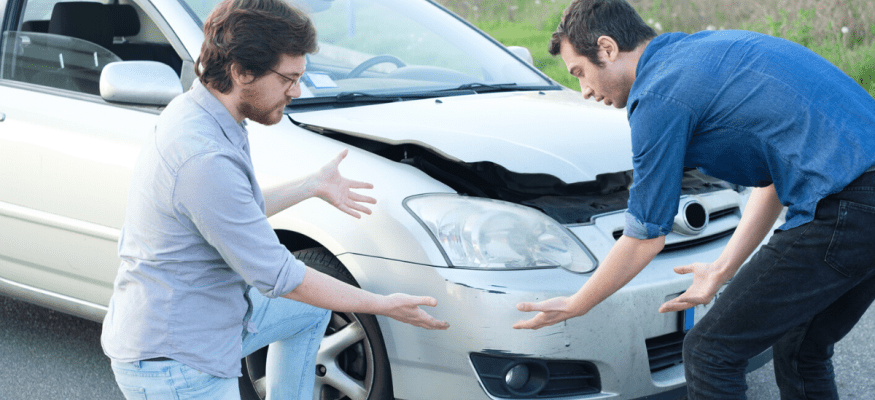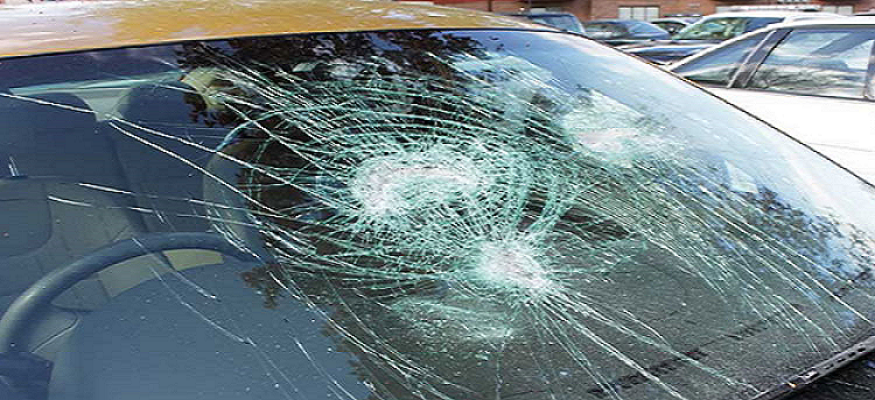What Is Full Coverage?
Generally, full coverage is a combination of different kinds of auto insurance coverage. Typically, full coverage is created through a combination of these types of coverage, plus other coverages as required by your state
Liability coverage: This covers your liability to the other person for bodily injury and property damage. It's required in nearly every state.
Collision coverage: Physical damage that occurs to your car during a crash is covered by collision.
Comprehensive coverage: Things that happen to your car outside of a collision fall under comprehensive coverage.
Every state in the U.S. can set its state minimum requirements for auto insurance. The state minimum requirements typically include bodily injury liability and property damage liability. Some states also require insurance for uninsured or underinsured motorists. When financing a car, your lender may require only that you meet your state's minimum requirements, or it may require collision and comprehensive as well.
Collision
Collision coverage covers damage to your car if you are at fault in an accident, whether your car strikes another car or an object such as a guardrail. It doesn't cover damage to the other person's car.
This coverage isn't infinite; it does have limits, plus you must help pay through your deductible. Your lienholder may require this coverage; otherwise, it's optional.
Comprehensive
Comprehensive coverage covers damage to your car that wasn't caused by a crash, such as fire, theft, vandalism, storm damage, animal damage, or falling objects. Paired with collision coverage, comprehensive helps pay for damage to your car that is outside of your control.
Medical Coverage and Personal Injury Protection
Medical Coverage and Personal Injury Protection are provided at the level set by the states which require it. These coverages help pay the medical costs of someone injured in an accident. You may have the option to elect increased limits for these coverages for an additional cost.
Uninsured or Underinsured Motorist Coverage
Some states require coverage to protect you in the event you collide with an uninsured or underinsured driver. If that happens, their insurance, if any, may not be enough to pay for medical expenses. Check with your state to see if what it requires.
Optional Coverages
Extra car insurance coverage is where the line starts to get blurred when it comes to full coverage. You might think, since you have "full-coverage" insurance, that towing and car rentals are included—but they might not be. One lesson you do not want to learn the hard way is to think you are covered for something when you are not.
The following coverages may not be included in your policy, so check with your insurance company for specifics and be sure to request an option if you want it. The cost may be minimal, and worth it for your peace of mind.
Gap Insurance
If you buy a new vehicle and request full coverage, you might expect that gap insurance is included, but it's not necessarily. Gap insurance is also known as loan or lease payoff insurance, and it is a coverage you should request up front. If you assume it's included and it's not, you could be responsible for paying the difference (or the gap) between what you owe on your loan and what insurance pays if your car is totaled or stolen.
Towing and Roadside Assistance
Roadside assistance is commonly packaged with full coverage auto insurance. This coverage usually includes towing along with services such as changing a flat tire or jumping a dead battery.
However, it can be disappointing when you are stranded and call your agent only to find out your insurance won't pay for a tow, so specify during signup if you want this coverage included.
Car Rental
Some insurance carriers offer a limited amount of car rental reimbursement when you purchase full coverage auto insurance. Sometimes the coverage is not listed, so you have to ask what your policy offers. If car rental is an important coverage to you, make sure to request it at the time you set up your policy.
OEM Endorsement
If you have never had an auto insurance claim, you may not be aware insurance companies do not always use parts straight from the car manufacturer, also called the original equipment manufacturer (OEM). Instead, aftermarket parts and used parts may be used to repair vehicles. However, if you request it, some insurance carriers will offer an endorsement that allows you to get OEM parts.
Full Glass Coverage
Glass damage is automatically covered when you choose full coverage insurance because it would fall under comprehensive coverage. However, if you opt for a high deductible on comprehensive, it could wipe out your glass coverage. With full glass coverage, you pay a higher premium to get no deductible or at least a lower deductible for glass claims only.
Vanishing Deductible
If the insurance carrier you select offers vanishing deductibles, which rewards you with a discount off your deductible for every year of safe driving, be aware the coverage usually does not automatically come with a full coverage policy. It is typically offered for an additional cost which would need to be added to your policy before a loss occurs.
The Bottom Line
Be careful when it comes to using the phrase "full-coverage auto insurance." Since it can be taken to mean different things, you need to be specific when selecting coverage. If car insurance terminology is foreign to you, start by learning the basics and ask questions until you feel comfortable with the subject and can request exactly what you want.



